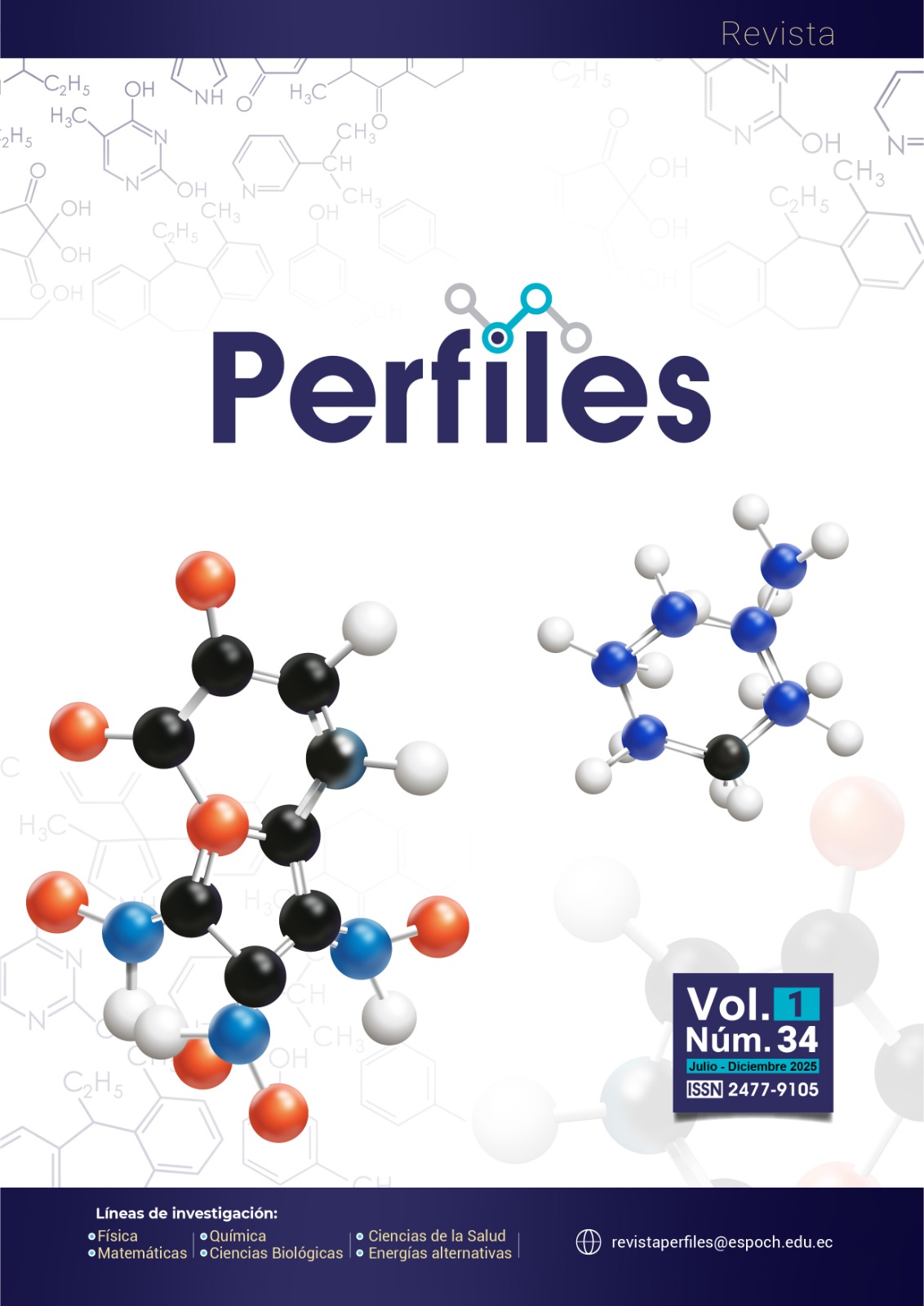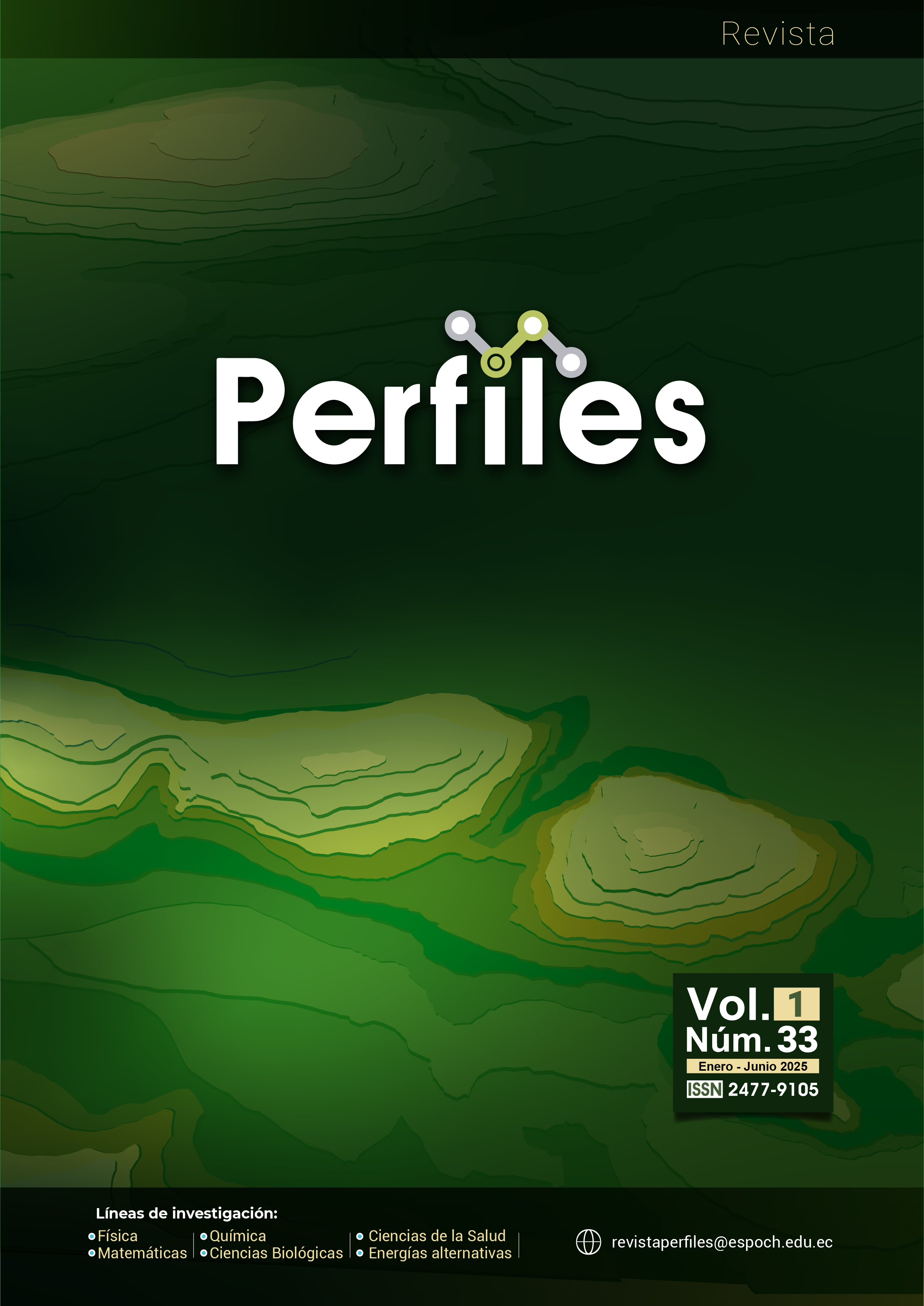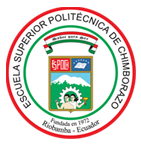Energy adjustment model to optimize the use of solar and wind energy in mining areas of Zaruma, Ecuador
DOI:
https://doi.org/10.47187/perf.v1i34.340Keywords:
Renewable energy, Pollution, Zaruma, Sustainability, Energy potentialAbstract
The study proposes an energy adjustment model aimed at optimizing the use of solar and wind energy in mining areas of the Zaruma canton. Data collected between 2017 and 2020 were used, considering 8,760 annual records of solar radiation and wind speed. The methodology employed was quantitative in nature, combining information from global models, meteorological stations, and satellite data. A geographic grid was applied to the study area, and spatial interpolation using the IDW method was used to generate predictive maps of energy potential. The results show that Zaruma has a consistent wind potential throughout the year, favoring the implementation of wind turbines. Likewise, the central area of the canton presents solar radiation levels above 4 W/m², suitable for the installation of solar panels. The profitability of both resources was also calculated, highlighting their feasibility for future renewable energy projects.
Downloads
References
Empresa Nacional Minera del Ecuador. Informe anual 2020. Quito: Enami EP; 2020.
Banco Central del Ecuador. Cartilla de minería. Quito: Banco Central del Ecuador; 2020.
Toapanta R, Ricardo A. Mining policy and environmental sustainability in Ecuador. Quito: s.n.; 2017 Jun.
Machuca González D, Suqui Romero Y. Reflexiones criminológicas y victimológicas del delito de minería ilegal en el cantón Zaruma. Cienc Téc Aplicadas. 2022;70(11):1494 1514. Disponible en: http://polodelconocimiento.com/ojs/index.php/es
Heim J. Ecuador environment and energy fact sheet [Internet]. Quito: s.n.; 2024 Mar [citado 10 abr 2025].
Almeida W. Generación distribuida y su potencial aplicación en Ecuador. Quito: s.n.; 2003 Feb.
Murillo Carrión R. Zaruma, historia minera e identidad en Portovelo. 1.ª ed. Machala: s.n.; 2000.
Loayza Galarza CB, Pastor Toala JA. The capital effect in heritage cities: case Zaruma. Machala: s.n.; 2019 Jan.
System Advisor Model (SAM) [Internet]. Golden (CO): National Renewable Energy Laboratory; 2024 Dec 12 [citado 10 abr 2025]. Disponible en: https://sam.nrel.gov/citing-sam.html
Escudero AI, Recalde CG, Haro SM, Meneses MA. Spline cúbico para el tratamiento funcional de la radiación solar global. Inf Tecnol. 2016;27(2):153 162.
ArcGIS Pro resources [Internet]. Redlands (CA): Esri; 2024 [citado 22 jul 2024]. Disponible en: https://resources.arcgis.com/es/help/getting-started/articles/026n00000014000000.htm
Castillo T, García F, Mosquera L, Rivadeneira T, Segura K, Yujato M. Panorama energético de América Latina y el Caribe. 1.ª ed. Quito: OLADE; 2022. p. 11 283.
Luque A, Hegedus S, eds. Handbook of photovoltaic science and engineering. 1st ed. Chichester: Wiley; 2003. p. 45 1138.
Recalde C, Cisneros C, Vaca D, Ramos C. Relación de la transmitancia atmosférica con la heliofanía y la diferencia de temperaturas extremas diarias en la zona ecuatorial andina. Inf Tecnol. 2015;26(1):143 150.
Huerta Mascotte E, Mata Chávez RI, Estudillo Ayala JM, Sierra Hernández JM, Guryev I, Lizárraga Morales RA. Solar cell characteristics study for solar energy efficient use. Acta Univ. 2016 Mar;26(NE 1):30 34.
José V, Silva D, Carvalho J, Claúdio C, Da Silva R, et al. Solar radiation estimated from empirical models for the north of Minas Gerais, Brazil. Biosci J. 2016 Feb;32(1):1 10.
Maldonado Ayala D, Chaidez JN. Ajuste y predicción de la distribución Weibull a las estructuras diamétricas de plantaciones de pino de Durango, México. Madera Bosques. 2002;8(1):47 56.
Villarrubia López M. Ingeniería de la energía eólica. 1.ª ed. Barcelona: Marcombo; 2011. p. 23 104.
Alfredo PSJ. La energía solar, una alternativa para la generación de energía renovable [Internet]. MW; 2016 [citado 30 jun 2025]. Disponible en: http://www.ecorfan.org/spain
Martínez M. Radiación solar: conceptos y aplicaciones [Internet]. 2016 May 8 [citado 30 jun 2025].
José V, Silva D, Carvalho J, Claúdio C, Da Silva R, et al. Solar radiation estimated from empirical models for the north of Minas Gerais, Brazil. Biosci J. 2016 Feb;32(1):1 10.
Dhanya AS, Rao BB, Pramod VP, Rao VUM. Delineation of air temperature based models for estimation of global solar radiation. J Agrometeorol. 2013 Dec;15(2):112 118.
Acosta Suasnabar EH, Valle Basualdo MT, Quijano Pacheco WS, Lizarzaburu Aguinaga DA, Olivera CC, Benites-Alfaro E. Solar radiation as a source of clean energy: calculation by Bristow Campbell thermal amplitude model and validation. In: Proceedings of the LACCEI International Multi-Conference for Engineering, Education and Technology; 2020 Oct 15 17; Buenos Aires. Latin American and Caribbean Consortium of Engineering Institutions; 2023.
Constante J, Cuesta A, Jijón D. Fitting methods of two-parameter Weibull of wind series and electric-wind potential estimation. Renew Energy. 2021;164:746 755.
Corte D, Sierra F, Valencia G. Validación del modelo matemático función de densidad de probabilidad (pdf) de Weibull, evaluando el recurso eólico en la zona del Caribe colombiano: caso estudio. Prospectiva. 2015;13(2):38.
Geletaw B, Gebregziabher K. Statistical analysis of wind speed for energy potential estimation in Bahir Dar, Ethiopia using Weibull. Am J Phys Educ [Internet]. 2022;16(4):55 60 [citado 30 jun 2025]. Disponible en: http://www.lajpe.org
Downloads
Published
How to Cite
Issue
Section
License

This work is licensed under a Creative Commons Attribution-NonCommercial 4.0 International License.


























